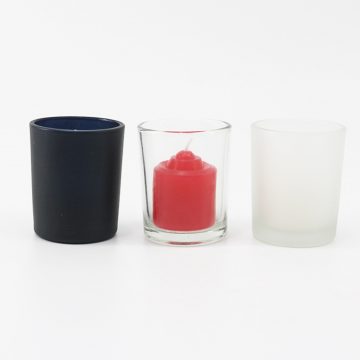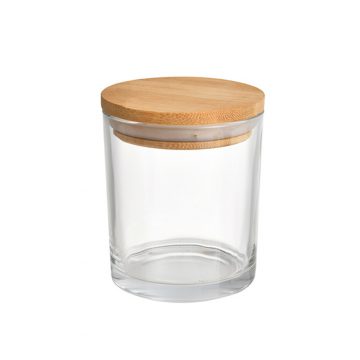With the continuous development of productivity, the manufacturing process of glass bottles has become more and more sophisticated. Although there are many other types of packaging products constantly updated, the glass bottles we produce still occupy a very important position in the packaging.
The glass bottle, as the name implies, is a container made of glass glass bottle material. Glass is a transparent semi-solid and semi-liquid substance that forms a continuous network structure when it is melted. During the cooling process, the viscosity gradually increases and hardens without crystallization. Silicate non-metallic materials, however, sometimes we find that some glass bottle manufacturers are mixed with some unclean things in the bottles, which gives people a very uncomfortable feeling. Let’s talk about the causes of three kinds of inclusions. :.
1. The reason for the formation of many lines in the glass bottle: there are unhomogenized, high-viscosity, high-surface-tension glass bottles in the glass liquid formed during the blowing process.
2. The cause of the streaks in the glass bottle: the uneven glass liquid formed in the early stage is dispersed under the action of the liquid flow and in the stirring process, but has not been diffused and homogenized.
wine bottle manufacturer 3. The reason for the formation of glass bottle nodules: It is formed by the action of the stone and the components in the surrounding glass liquid under long-term high temperature.
Therefore, our glass manufacturers must pay attention to the meticulousness of each process, minimize the impurities in the glass, and reduce the number of unqualified products.
Water ripples: The water ripples on the customized surface of the broken glass bottle are arc-shaped and intersect a surface perpendicularly. The cracks spread from the inside of the water ripples to the outside. The water ripples spread out radially around the crack source, so we can Tracing the crack source, the common glass section is a smooth surface. We need the pickle bottle to observe with a reflected light source to see the ripples like water waves.
Streaks: The surface of the cracks on the glass section is the surface shape of straight or curved lines. The straight or curved lines on the surface of these cracks are always parallel to the extension and development direction of the cracks in the beverage bottle, sometimes showing a series of Parallel lines, or feather-like shapes, this kind of stripes can generally be felt by touch.
Retention pattern: During the test of glass bottles and jars, sometimes clear and visible water ripples can be seen on the cross-sections caused by the glass cracks. The honey bottles show a deep mark of the initial cracks, or collision cracks, etc. A deep mark at the beginning, glass bottle manufacturers believe that this kind of crack mark can also be relatively shallow, and generally can trace the source of the crack.
Zigzag pattern: It is caused by the excessive energy generated when the cracked jam bottle pattern accelerates, forming the edge of the crack source mirror. The fine zigzag pattern is a gray, foggy area surrounding the crack source mirror. The rough zigzag pattern is A radial area of particles distributed on the outer layer of the fine zigzag pattern. The zigzag mark of the saw storage tank is produced on the surface under tension, but does not extend to the opposite glass surface. It usually shows the glass distribution due to the shape design. The bending stress produced on the reverse side of the glass thickness, etc., can be used to judge and measure the stress at the time of rupture.








